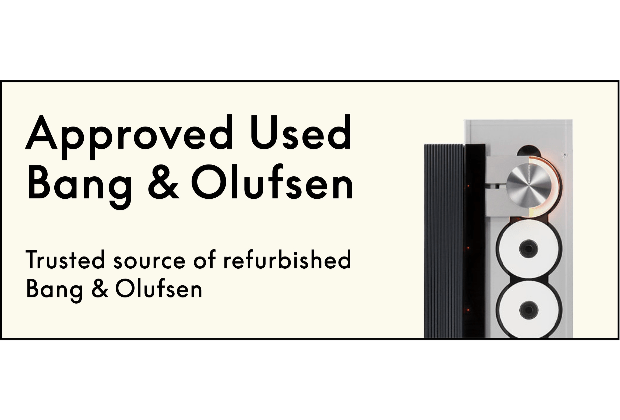Home › Forums › Product Discussion & Questions › BeoLab › Beolab 8000: white damping foam/serial number and cap repair
- This topic has 5 replies, 3 voices, and was last updated 11 months ago by
 kirin.
kirin.
-
AuthorPosts
-
2 January 2025 at 21:56 #62192
 kirinBRONZE Member
kirinBRONZE MemberHi to all Beolab 8000 experts,
my 8000‘s do have a slight noise, independent from the volume, not sounding like typical white noise or 50Hz (Europe) ground humming, but like a littl „softer“ random noise.
Nevertheless, as I considered the foam rot which killed already my two 4000‘s some time ago or leaking capacitors; I opened them today to remove it and to maintain the capacitors.
But then I was suprised, the speakers had already the white material, in a stable condition (see pictures showing also the serial and Itrm No).
My question is now, from which serial number on were these applied? As mine is 15680277, which „MK“ do I own, are these even the one with ABL? How old could they be and might require anyway a cap service?
Now I also am unsure whether to maintain the capacitors or simply leave as is.
Is anybody also facing such a noise?
Thanks a lot in advance and have a happy new year!
Attachments:
You must be logged in to view attached files.6 January 2025 at 13:16 #62339LeHe
BRONZE MemberLight noise can have many causes. First clean en check the Box and PCB’s on damage, also the components.
Because on photo 5505 I see sloppy and incompletely mounted white damping material, but also old parts of black decayded material on the right side. I think someone just schoved some new stuff in there, without actually removing the old material and cleaning the units.
Because in photo 5512 I only see old decayded black material that is also touching te PCB and components.
From serie nummer 10145230 onwards, they are provided with ABL
Clean and inspect it and then take the following steps to fix the light noise, if it has maybe already disappeared then.
My B&O Icons:
6 January 2025 at 18:00 #62360 kirinBRONZE Member
kirinBRONZE MemberThanks a lot for the feedback! The residuals of the black, rotted stuff is from the border, which is glued between the Aluminium Body and the plastic plates, I think. As it was quite fixed it seemed to me I were the first one after many years opening it.
Oh, yes, well, I might still have to fully dismantle them and inspect the PCBs to analyse the noise.
Further, good to know (ser.Nr and ABL), many thanks for the notice!
(PS: You referred to „following steps“, did you want to add anything?)
7 January 2025 at 15:10 #62386LeHe
BRONZE MemberFollowing steps: I mean in my case,( but I have measuring devices for that),is to follow the signal from the output or input and determine where extra sound (noise) is added to an proper or blank signal. Then additional electronic analysis at that spot in the electronic diagram is needed to find out what is causing it, so that it can be repaired.
Not everyone has that measuring devices and knowledge and that is why many people simply replace all the electrolytic capacitors in the signal path, sometimes with results but very often not at all.
My B&O Icons:
9 January 2025 at 17:02 #62448Dillen
ModeratorThe noise could also come from the amplifier.
Which amplifier are you using?Martin
23 January 2025 at 22:02 #63034 kirinBRONZE Member
kirinBRONZE MemberHi Marting,
thanks for your answer and sorry for my late reply, I did not check Beoworld last 2 weeks (what a shame!!) – indeed I heard that noise both, from my Beosound 9000 as well as from a non-B&O AV receiver (where I use Powerlink sockets with cables+trigger made by myself).
Strange thing is that both speaker show same noise, as well as the noise pattern itself which I never heard so far. But could be caused by the symmetric aging process, if coarse.
As the foam seems ok, I do shift further investigations, the noise is not too loud…
Best regards!
-
AuthorPosts
- You must be logged in to reply to this topic.














